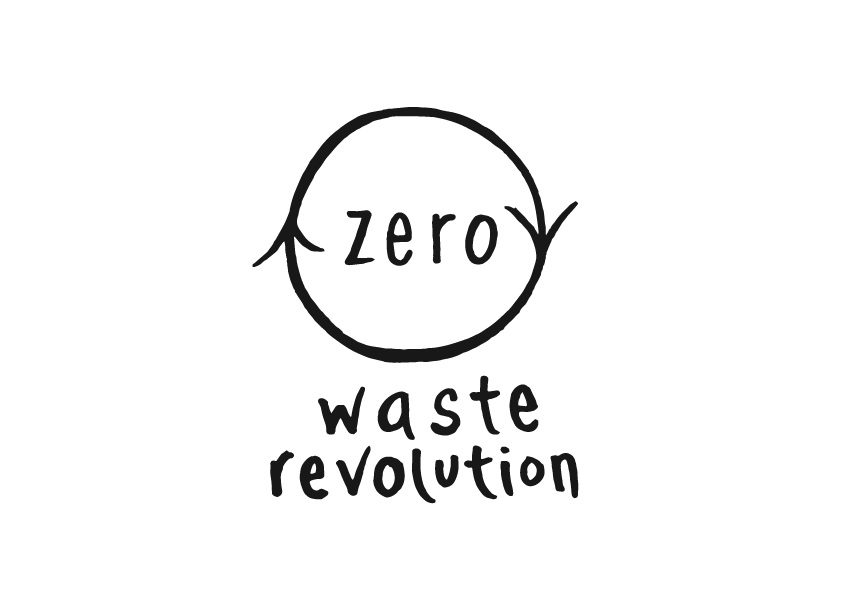upcycle clothes
In a world where most things are mass produced to be cheaper than cheap, unique items have special value. They speak of character and celebrate everyone’s unique personality.
Finding unique items can be a challenge. Unless, of course, you make your own.
Enter… 5 easy upcycling ideas. You don’t have to be a sewing expert, or have a spare week to do any of these projects. Three of them don’t even need a sewing machine. Best of all, because these are upcycling projects, they’re a great way to enjoy the fabric and memories of your favourite clothes, long after the original item is worn out.
Cloth shopping bag
Old jeans or t-shirts make great shopping bags. For the jeans, use the section between the waist and crutch. Simply cut this off above the leg line, put the ‘right sides’ together, pin along the crutch area to make the bottom of the bag and then sew and overlock around the bottom edge. For straps, use the legs of the jeans to create straps. For the t-shirts, use the section between the underarm pit and the waist. Simply cut off the t-shirt between the lower edge of each sleave, turn the t-shirt inside out and pin along the cut edge. Sew and overlock along the cut edge to create the bottom of the bag. Create straps from the left over fabric or use a thick ribbon. Attach straps.
Beeswax wraps
You’ll need a light cotton fabric as the base material for the beeswax wraps. An old sheet or summer shirt are both suitable. A small wrap is about 18cm x 18cm. The only other ingredient is beeswax (about 15g for a small wrap). Beeswax can be sourced in Canberra from the Win’s Creek Meadery and the ANU Food Coop. To make the wraps, you’ll need a kitchen grater, old iron and baking paper.
Firstly, cut your fabric to sandwich wrap size. Then grate your beeswax, using a kitchen grater. Working carefully, place your fabric on top of a sheet of baking paper. Sprinkle the grated beeswax on top, so that the fabric is loosely covered in grated wax. Place a second sheet of baking paper on top of the grated wax. Run a medium iron over the top of the second sheet of baking paper to melt the beeswax into the material. Take care that the melted wax doesn’t drip outside your baking paper layers and onto an ironing board or your iron.
Flower with button
Cut a favourite piece of cloth in a circle shape, about the size of your hand with the fingers outstretched. Hand sew, with large stitches (about 3cm each), around the outside of the circular shaped cloth to create a draw string. Instead of tying the knot, pull the draw string tight. You will now have a ball shape, with the draw string at the top. From the top, squash the draw string ball so that it is flat. This creates the flower shape. Using small stitches, sew the middle of the flower (where the draw string is), to the fabric at the back. To finish the middle of the flower, sew a fancy button over the draw string area so that the edges of the fabric are hidden. Attach a safety pin to the back, so that the flower can be pinned onto shirts or skirts. For a truly spectacular finish, consider making a few of the flowers and pinning them on to a shirt or skirt together.
Fancy patches on pants
This is upcycling for creative people, who are happy to wear their personality. Pants usually wear at the knee… unless they’ve been ripped somewhere in the buttock region. Instead of throwing them out, hand or machine sew a patch over the ripped section. Make the patch a feature by using bright or floral material. While you’re at it, add a decorative patch to complete the ‘look’. Consider hand sewing fancy buttons or even decorative flowers to make your personality shine.
Children’s 10 minute skirt from old t-shirt
Take any old knit shirt. Larger shirts will produce fuller skirts. Cut the shirt between the underside of each sleeve. The bottom of the t-shirt will be the hem line for the skirt and your cut line will become the waist. Overlock the cut edges of the t-shirt. Then, fold and pin the overlocked edges of the fabric to create a 3 cm inch space for the elastic band around the skirt’s waist line. Sew along the pinned edges, leaving an opening of about 2 cm for threading the elastic. Measure and cut some 2 cm thick elastic to the length of your child’s waist. Using safety pins, thread the elastic through the skirt’s waist band. Pin and sew the elastic, using a zig zag stitch. Then, close up the 2 cm space in the waist band. Whalla! Was there ever a girl that didn’t need a new skirt?

